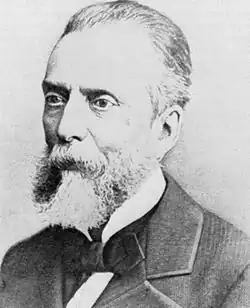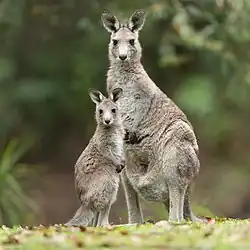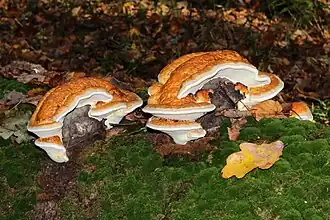باش بەت
|
خۇشكەپسىز |
تۈرلەر
|
ۋىكى تۈرلىرىنى ئىزدەش
Collaboration with ZooKeys A collaboration between Wikispecies and ZooKeys has been announced. PhytoKeys also joined the collaboration in November 2010. Images of species from ZooKeys and PhytoKeys will be uploaded to Wikimedia Commons and used in Wikispecies. Distinguished Author José Vicente Barbosa du Bocage |
Species of the monthCommon European Glowworm
Lampyris noctiluca (Linnaeus, 1758) Some facts about this beetle:
Average Size: The adult female is 12–20 mm long, while males rarely grow longer than 10 mm. The larvae are often only a few milimeters long. |
|
Wikispecies is hosted by the non-profit Wikimedia Foundation, along with several other multilingual and free-content projects:
|



_by_Nick_Hobgood.jpg)


_mating.jpg)
